Oct 13, 2014
Oct 13, 2014

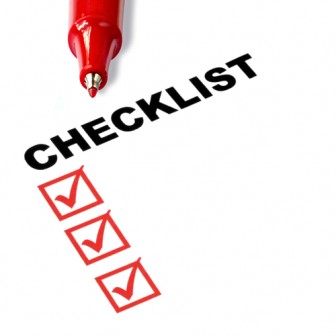
“This task is a priority” is a phrase we hear, and say, all the time. But what does that truly mean?
When used as an adjective like this, it indicates that whatever we are talking about is taking precedence over something else. We might say something like “this is my highest priority”, but more often say “I have these priorities”. Over time the meaning has softened… ‘taking priority’ simply means ‘ahead of something else’. Trying to decide what to do next might look like this:
Key Project > Email > Family Time > Facebook > Sleep > Exercise > Food prep > Breaking Bad > Twitter > etc.
Each thing in the list has priority over the thing after it. So in this example, exercise ‘is a priority’ over watching Breaking Bad (not all of you will agree) and both of those are at the end of a long list of other tasks. Its no wonder that this word has softened to the point that it isn’t all that useful. We can execute on ‘our priorities’ all day long, and still not make any real progress.
I find myself doing this all the time. I have a list of tasks - priorities - all of which really need to be done. If I tackle them depending on their urgency, I’ve often wasted my most valuable time. Inevitably the thing that gets pushed to another day is the one that requires the most focus and attention but isn’t urgent. (Quadrant 2 for my Time Management Students)
Bad news! - this is often the one that would have had the biggest impact. It is usually important, but not urgent.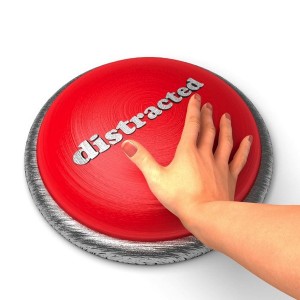
Instead lets consider the word PRIME. As an adjective prime means of the first importance; demanding the fullest consideration.
One of the things that helps me to get things done is that instead of asking myself “what are my priorities today?” I try to decide what my “prime” is for the day. This idea is all over the place in the personal productivity literature, most recently in a great book by Gary Keller called The One Thing. It is also mirrored in The 4 Disciplines of Execution by Chris McChesney and others. Both of these authors recommend finding something to focus on at the exclusion of all the other things that might pull us away from our most important task.
Try this experiment. Ask yourself:
What is the one thing that I could do today, that if I got it done with excellence, would make everything else either easier or irrelevant?
then do that first! Make it PRIME. Don’t open your email, ban Facebook and twitter… don’t let distraction in. Focus on your prime task until that task is done… then everything else will be easier or irrelevant.
I hope you have a prime day.
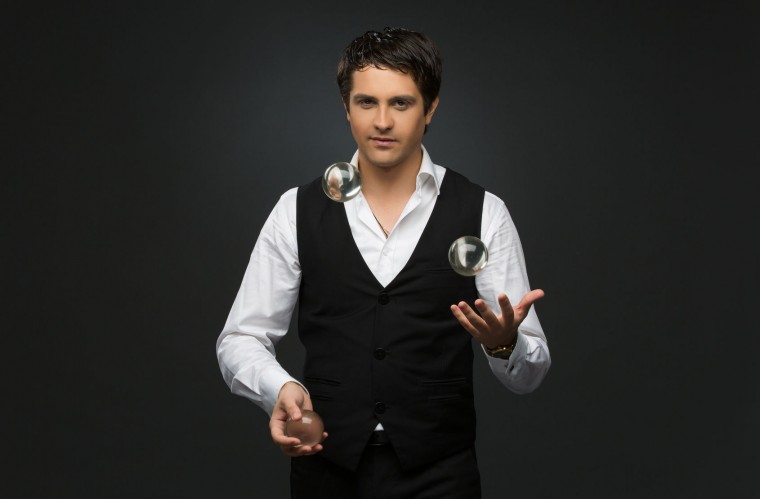
Highly successful people, especially entrepreneurs like private practice owners, often take their work life to extremes. They push well beyond a typical work day or work week at the expense of family and relationships. For these people (I might as well say my people), Gary Keller, author of The ONE Thing recommends counterbalancing. In other words - taking the same approach with leisure time that you take with your work life.
If you are going to work extreme hours… you need to spend some extreme time in rest and recuperation mode as well. If you don’t push your life out of balance, you might get away with a typical work week and relaxing on the weekend… taking the 60-70% of your allotted paid time off each year as many Americans do. For those of us that push hard for long periods of time, failing to counterbalance can lead to big health, relationship and even professional problems.
While our personal rhythm of push and counterbalance might work for us, we often expect the people in their lives to accept the same sort of rhythm. The challenge is that most relationships don’t do well with extremes. If you check out emotionally and don’t focus on your family for a month or two while you are pushing on a work goal, you should not expect everything to be great after a little counterbalancing with a family vacation. Relationships – and particularly spouses and children, require counterbalancing with much greater frequency.
A frequently cited metaphor in the literature around work/life balance comes to us from Bryan Dyson, then CEO of Coca-cola in his mid ‘90s commencement speech at Georgia Tech. He says:
Imagine life as a game in which you are juggling some five balls in the air. You name them - work, family, health, friends and spirit - and you’re keeping all of these in the air. You will soon understand that work is a rubber ball. If you drop it, it will bounce back. But the other four balls - family, health, friends and spirit - are made of glass. If you drop one of these, they will be irrevocably scuffed, marked, nicked, damaged or even shattered. They will never be the same. You must understand that and strive for balance in your life.
Similarly, counterbalancing with diet and exercise just plain doesn’t work. Ever tried pigging out and avoiding exercise for a few months and then trying to get back in shape with a few weeks of eating healthy and exercising? Health requires daily attention… going to extremes doesn’t work.
Failing to counterbalance the stress and fatigue from pushing toward our career goals leads us to begin to pull attention away from the daily and weekly rhythm of relationships and the habits that lead to health, energy and longevity.
Keeping the habits and rhythms of diet and exercise, family and relationships, church and spiritual life (the glass balls) provides us with the resilience we need to launch our professional rubber ball as hard and as fast as we can.
Which ‘ball’ do you tend to have trouble keeping track of?
“Only through focus can you do world-class things, no matter how capable you are.”

Proposed by a Hungarian positive psychologist named Mihály Csíkszentmihályi, flow is the mental state of operation in which a person performing an activity is ‘fully immersed in a feeling of energized focus, full involvement, and enjoyment in the process of the activity’.
I am almost certain that if I couldn’t get into a state of flow while performing patient care, I wouldn’t be a physical therapist. Its also one of the reasons why I enjoy being engaged in a busy clinical setting, with just enough patients to where I can flow from one to the next with just enough time to get mandatory documentation and such accomplished.

This is so much more enjoyable than a slow day that drags on and on, or a day that is so hectic that I can never catch up. When I get just the right amount of patients scheduled and making great progress on their goals, time seems to disappear. I’m in control and the day feels like a dance put together by a master choreographer. That is flow.
You have to be involved in an activity with a clear set of goals and visible progress. This adds direction and structure to the task.There are three conditions that flow theory postulates have to be met in order to achieve flow:
Clinical practice can often meet all of these requirements when we are fully present and engaged. One of the ways I get into flow during a busy clinic day is by avoiding email, facebook and other distractions. I put my electronic medical record system in full screen mode and avoid the temptation to ‘check in’. This by itself doesn’t create flow state, but one thing is certain - you can’t flow while you are distracted.
Patient care lends itself to meeting the requirements for flow. We often see changes and make improvements immediately when working with patients. This gives us not only goals and visible progress, but immediate feedback.
We have the opportunity to make large improvements in patient’s lives, and we definitely have the capacity to make those changes. Few clinicians have the same opportunity to make immediate improvements and gain the reward of instant positive feedback. This is part of what makes physical therapy a highly sought after profession.

My attention wandered. Again! I’m having alot of difficulty getting this blog post written. Every time I get my thoughts organized and get into the groove of writing, something pulls my attention away. Hey, look! A new Facebook notification, a new email, a to-do list reminder… it’s no wonder nothing is getting done.
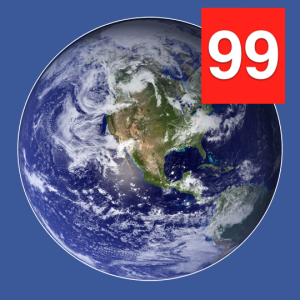
I’m pretty sureI’m not alone here. A quick review of the relevant literature reveals that this is not just a common problem, but an epidemic among knowledge workers. I suspect this may be even harder for those of us who are in workplaces with constant human interactions to also distract us.
Just how often do we get distracted?
According to business research firm Basex, interruptions cost the US economy more than $650 billion per year. Jonathan Spira, the chief analyst at Basex, recently compiled an update of research based on surveys and interviews with professionals and office workers. They reported that 28% of their time was spent on interruptions and ‘getting back on task’ after the disruption of their attention.
OK, so we get distracted alot. So what?
Research has shown that interruptions can increase task performance time. This is primarily because it takes time to get back into the flow of the interrupted task. Recent research by Microsoft reveals just how much notifications can disrupt your workflow. By tracking all of the computer activity of 27 users over a 2 week period, they quantified how much work was accomplished on primary tasks and the impact of interruptions on the time it took to perform them. They found that participants spent an average of 10 minutes on switches caused by notifications. Strangely, workers typically not only visited the notifying application, but also several others before getting back to work.
What was the impact?
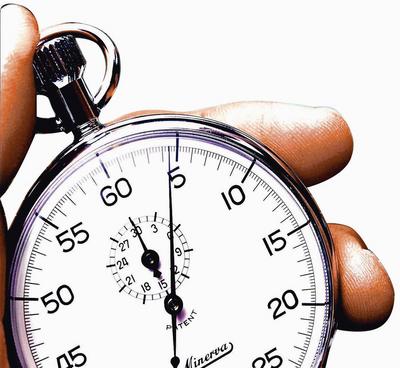
The workers took, on average, took a total of 15 minutes to return their attention to their primary task. This is bad enough, but consider also that 27% of interruptions resulted in more than two hours of time lost before resumption of the primary task. Combined with a variety of other research that indicates that multi-tasking increases the amount of time to complete tasks, the evidence is clear. Those notifications aren’t just a way to make you more aware of the incoming information. They are a mechanism that invariably pulls you off task and makes getting things done more difficult.
What to do? Turn notifications off!
Email, Facebook and Twitter aren’t meant to be instantaneous forms of communication. By clustering your interaction with these communication forms, you can create blocks of focused time where you can get more accomplished. This is a simple, but valuable time management strategy. Your distracting friends can always text you if they need something right now. Maybe we’ll need to turn that off next.
References
Iqbal S, Horvitz E. Disruption and Recovery of Computing Tasks: Field Study, Analysis and Directions. CHI 2007.
Mark G, et al. No task left behind?: examining the nature of fragmented work. CHI 2005, 321 - 330.
Spira J. The Cost of Not Paying Attention: How Interruptions Impact Knowledge Worker Productivity. Basex. 2005.
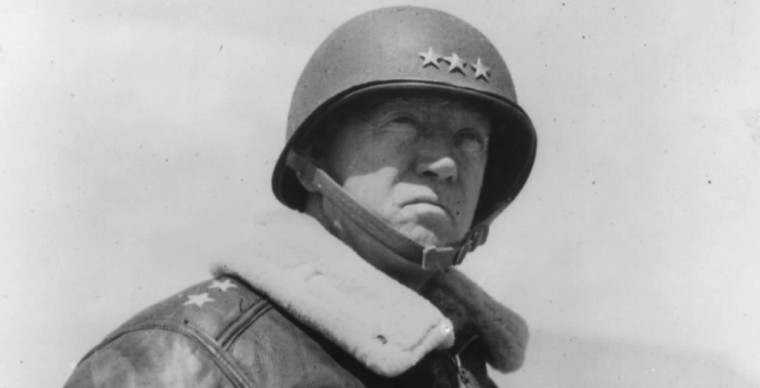
I have found that coming up with strategies, setting goals and knowing what to do is often not the problem facing us. Its finding the time and energy to get these things done! General George Patton said:
“A good plan violently executed now is better than a perfect plan executed next week”.
I’ll take that further and say that a mediocre plan that is executed is better than a perfect plan written on a piece of paper in a desk drawer. What plans do you need to execute on? Get violent with them!
“The key is not to prioritize what’s on your schedule, but to schedule your priorities” Steven Covey.
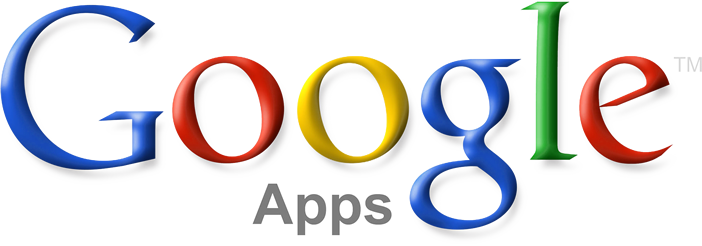
Gmail provides one of the most useful ways I have found to prevent being overwhelmed by your inbox. A few years ago, our practice switched from Outlook to Google Apps. This is Gmail for business. While I had enjoyed a Gmail account for personal use, our switch to Google Apps allowed me to use what has become one of my favorite email hacks. Controlling the flow of information and how I process it is one of the best ways I have found to manage my time.
With a setting easily accessible the preferences menu, you can tell Gmail to utilize an algorithm to decide whether a message is ‘important’ or ‘not important’. If you have any trouble, check out this help link. This has been invaluable, because I typically will leave anything Gmail doesn’t think is ‘important’ until later, then spend just a few minutes at the end of the day and delete it all in one fell swoop. Clustering tasks like this together is one way to improve your time management and avoid distraction.
How does Gmail decide what is important?
1) Who you email
2) Which messages you open
3) What keywords are common in messages you open
4) Which messages you reply to
5) Which messages you star, archive or delete
Gmail takes a little while to figure out your preferences, but after a few months, I found that I almost never had a message I cared to open slide past the ‘important and unread’ inbox. It also reacts to your tweaks, you can mark that annoying co-worker who directly emails you all the time as unimportant and after a few times, they stay unimportant until you change your mind. Just to be safe, though, I make it a practice to scan the ‘unimportant emails’ at the end of the day and delete them. This 30-second email hygiene task helps when I need to search for an email later.
“Repetition of the same thought or physical action develops into a habit, which repeated frequently enough, becomes an automatic reflex” Norman Vincent Peale
Check out this new interview I did with Paul Potter, PT. Paul interviewed me for his excellent Functional Freedom Podcast. We had a great conversation - I hope you enjoy it!